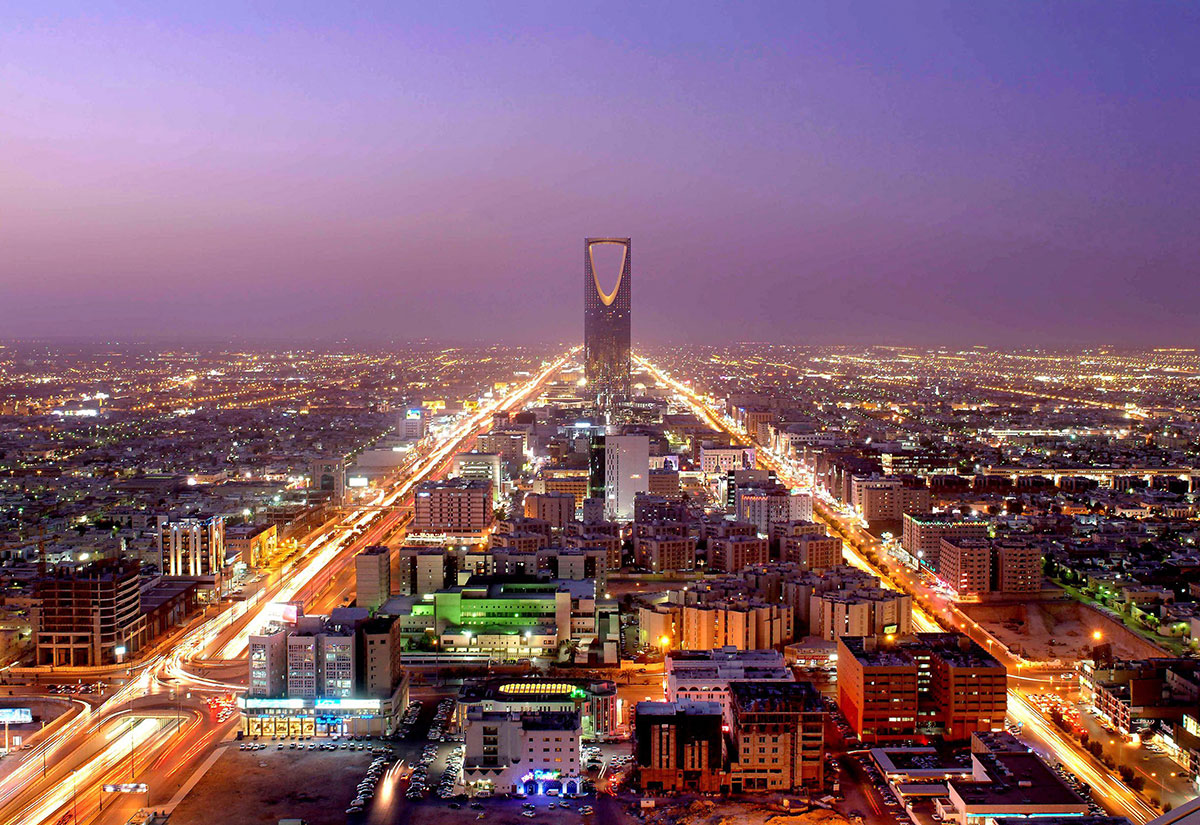
Saudi Arabia is gearing up to launch 315,000 new hotel rooms by 2030 in an effort to boost domestic tourism, setting its sights on the younger population with plans to set up youth hostels and luxury glamping experiences, an expert revealed to Arabian Business.
Global property consultancy Knight Frank said that by 2030, the total number of hotel rooms in Saudi Arabia will likely be 450,000.
Today, the UAE has a combined total of almost 200,000 hotel rooms, 140,000 of which are in Dubai. This means that Saudi Arabia is gearing up to see nearly 58 percent more than this figure.
“For millennials, cost appears to be a less significant consideration when going on holiday inside the kingdom, whereas cost is the most significant consideration for the over 45s,” Faisal Durrani, Partner, Head of Middle East Research, at Knight Frank told Arabian Business..
“It would appear that life experiences gained through travel are more important to younger Saudis.”
However, a current barriers for many domestic tourists in the Kingdom, according to Durrani, are linked to the number of guests that can be accommodated per room, the ability to cook in hotel accommodation, and the quality of the domestic hotel offerings. This is why 58 percent “prefer to avoid hotel accommodation altogether.”
Catering to Gen Z, Millennial demand with youth hostels, ‘glamping’
Echoing Durrani’s sentiment was Turab Saleem, Partner, Head of Hospitality, Tourism and Leisure Advisory MENA at the real estate consultancy firm, who believes that the youth market makes up a major proportion of the Kingdom’s overall population.
“Youth is the driving force behind these recent changes, and even the leadership in various sectors in KSA shows a greater proportion of younger leaders,” Saleem explained.
The growing demands of the Millennial and Gen Z population, which makes up over half (56 percent) of Saudi Arabia’s population, mean that experiences and the quality of these new accommodations will need to be taken into account, giving rise to (potentially) youth hostels and luxury glamping sites.
“Tweaks will likely need to be made to these offerings to factor for domestic and local cultural considerations,” Durrani said.
This is a particularly important segment because under Vision 2030, Saudi Arabia plans 70 percent of tourism demand will be generated by domestic travellers.
Tourism expansion priorities
Of the 315,000 hotel rooms under construction or in the planning stages, around half of them are planned for Saudi cities Riyadh and Mecca.
According to Knight Frank’s 2023 Saudi Report, 65 percent of Saudis travel domestically around one to three times per month mainly due to business and religious reasons. This travel trend is also closely followed by travelling to experience “seasonal and local cultural attractions and festivals,” said Durrani.
This suggests that “a strong domestic tourism market already exists,” he added.
The hotel supply pipeline in Mecca, the birthplace of Islam, is growing in line with plans to accommodate more religious pilgrims to Saudi Arabia.
“In Riyadh, the city’s repositioning as a new business hub for the Middle East, combined with plans to raise the population from 7.5 million today to nearer 17 million by the end of the decade warrants a significant uplift in the number and variety of hotel rooms,” Durrani explained.
Hotel and accommodation options in general are scarce is Riyadh, which has become a major problem especially as the city continues to become a more strategic player in the region and hosts many significant conference and business events.
However, to ensure the domestic tourism momentum remains high, “a much closer look at secondary and tertiary cities” is necessary, along with supporting infrastructure, Durrani said.
“We already know through our analysis that Abha, Taif and Al-Ula are the most popular domestic holiday hotspots, so the hospitality offerings in these locations will need to broaden to help cement their place among domestic holiday makers.
“Aside from additional transportation infrastructure, legislation that facilitates the flow of capital into the sector, as well as allowing for mass recruitment of hospitality staff will be pivotal for the future success of the industry,” said Durrani.
Saudi Arabia’s mega-projects in focus
From new and unique mega projects looming on the horizon to major financial support, religious tourism, and new reforms, Saudi Arabia’s domestic tourism sector is set to rapidly advance under Vision 2030.
“With a total development cost of $ 37.8 billion for all the hotel rooms planned in the Kingdom, according to our estimates, and Giga projects like NEOM leading the supply pipeline, Saudi Arabia is on the cusp of becoming one of the world’s major tourist markets,” Salem said.
However, the opportunities to develop the domestic tourism sector “were always there.”
“The potential was there but the drive was missing and vision was unclear, which is now very much defined with a driving force behind [it].
“The kingdom has a strong culture, history, heritage along with different regions offering diverse seasons and cultures, which offer diverse opportunities. KSA has financial resources and a young population – both are now utilised with great vision and vigour.”
Saudi Arabia’s tourism drive began around six years ago, but fruits of its labour only began to show over the past couple of years, after the onset of COVID, he added.
Projects are beginning to take shape as many key projects have moved on from the planning and design phases and are now entering the development stage which is creating “a big drive in the overall inflow” of business segments related to leisure as well as major events, conferences, and festivals.
He added that supporting hospitality infrastructure such as new airports and national airlines combined with legislative framework to ease access to the sector for international investors was very important.
He added the a legislative framework to ease access to the sector and attract international investor was “critical” and that supporting hospitality infrastructures such as new airports and national airlines – both of which he hinted “are coming” – were needed to ensure the sector’s continued success.
The present peace initiatives in the region, most notably the ones between Saudi Arabia and the UAE with Iran and Qatar, are supporting the rapid pace of development in the Middle East, according to Saleem.
“Peace and stability is the first step toward the successful foundation of any tourism strategy and it seems leadership in the region is well aware of this and working with a very focused approach towards these critical peace initiatives which will lead to more prosperity in the region,” he added.
“KSA, along with the UAE, are leading the change in the region and elevating tourism to a new height,” Saleem said.
“KSA, UAE, Qatar, Oman and Egypt will eventually make this region a well-developed and well established tourism hub.”




